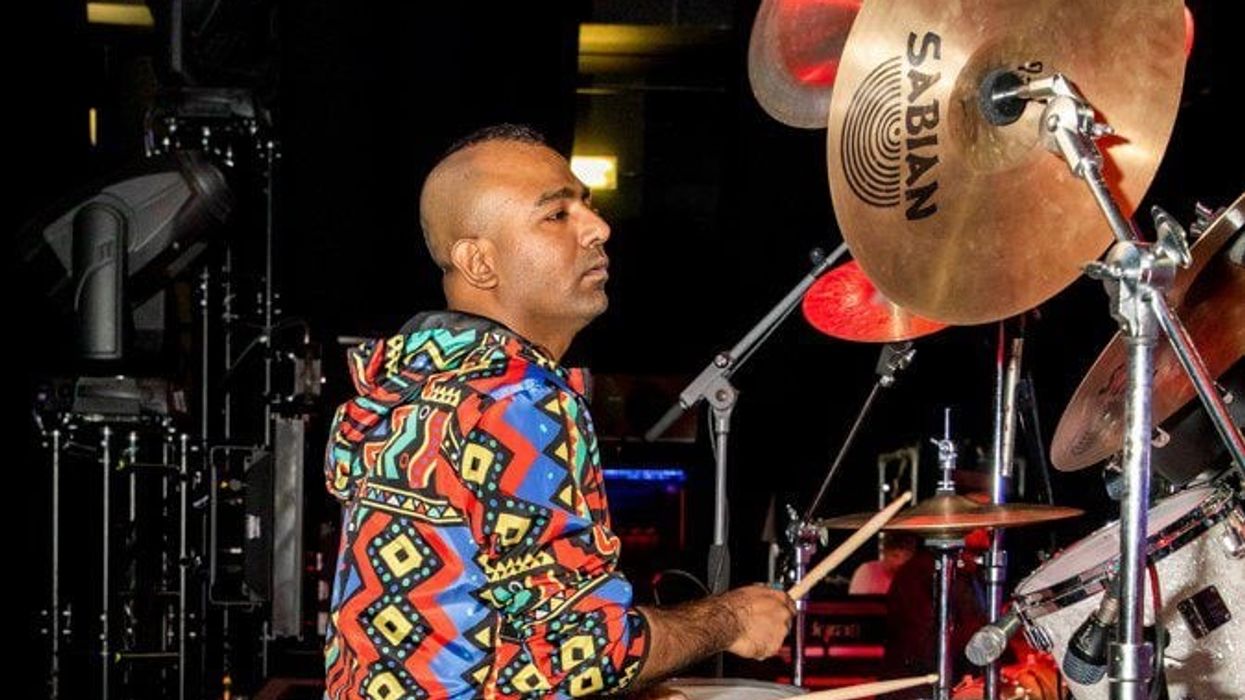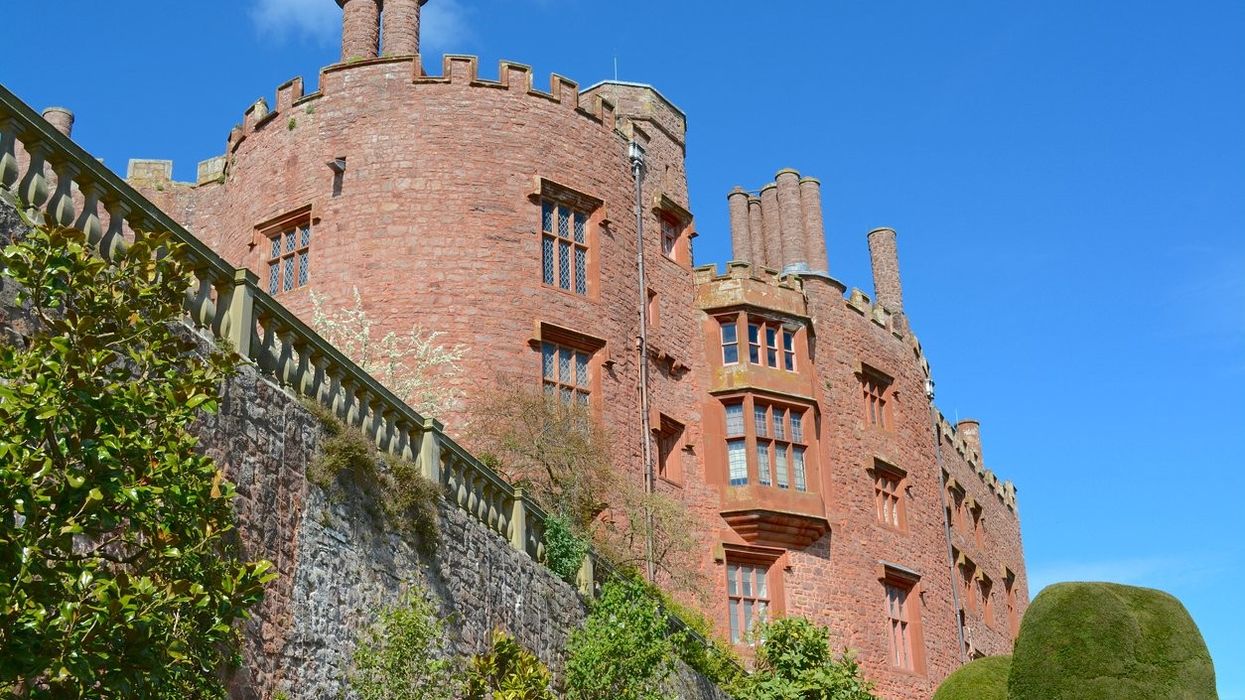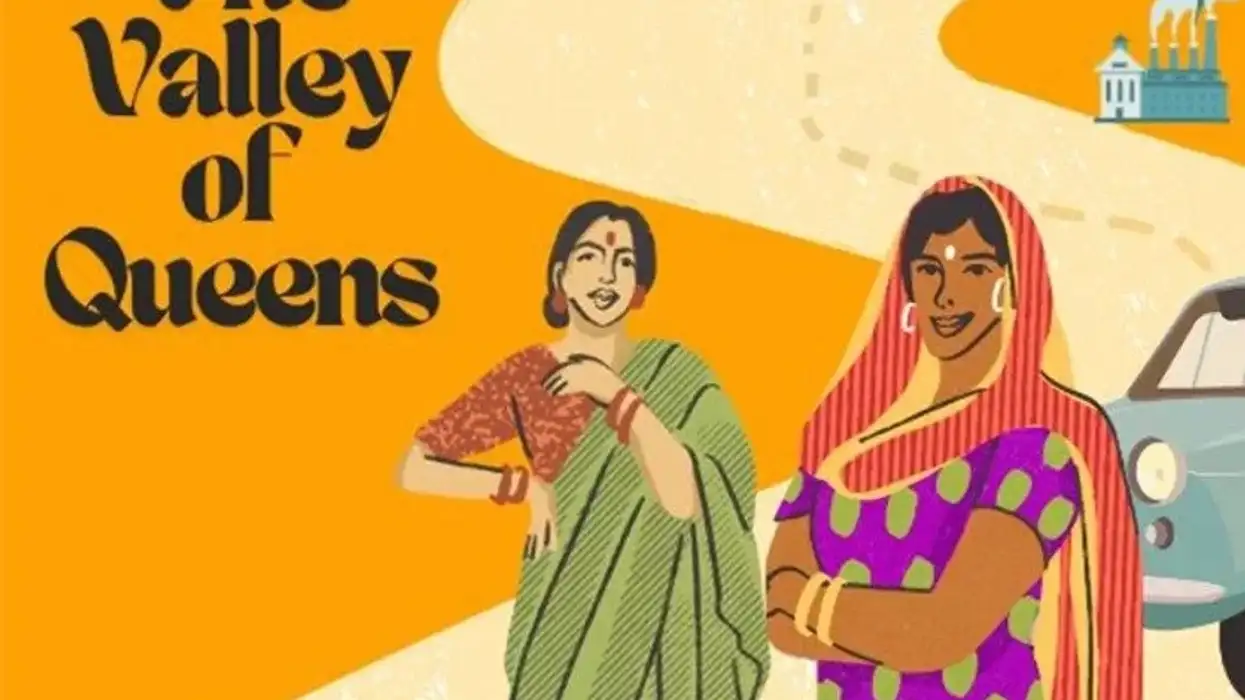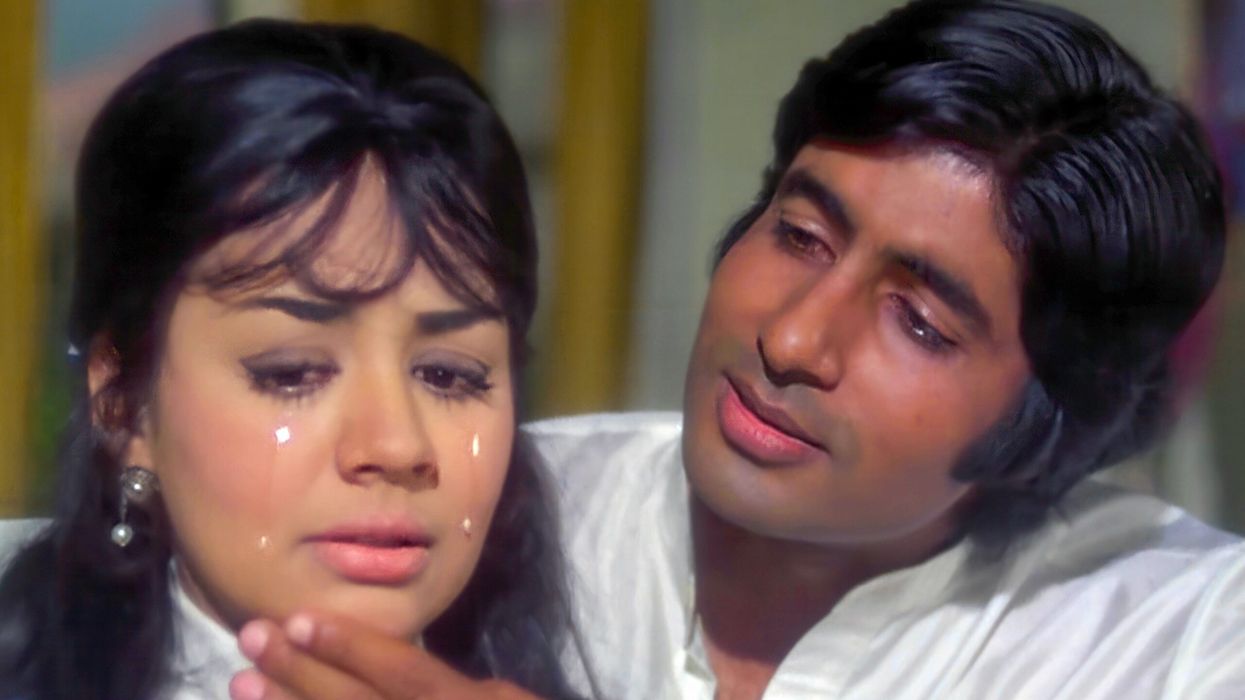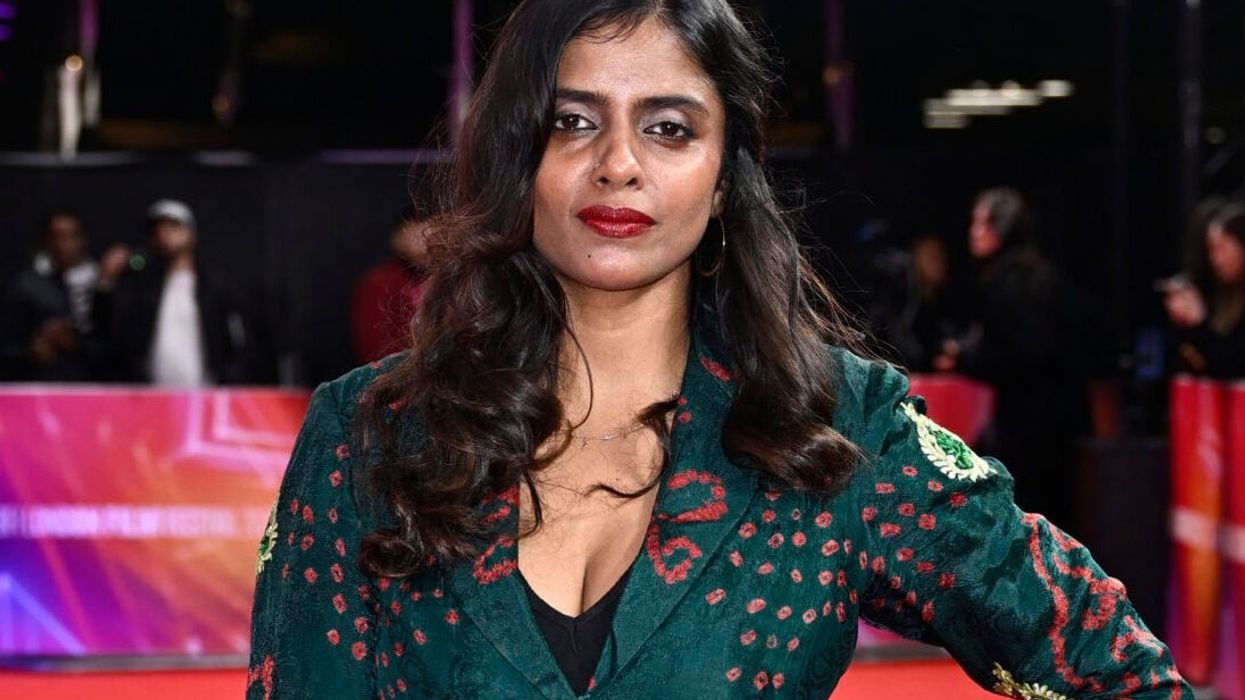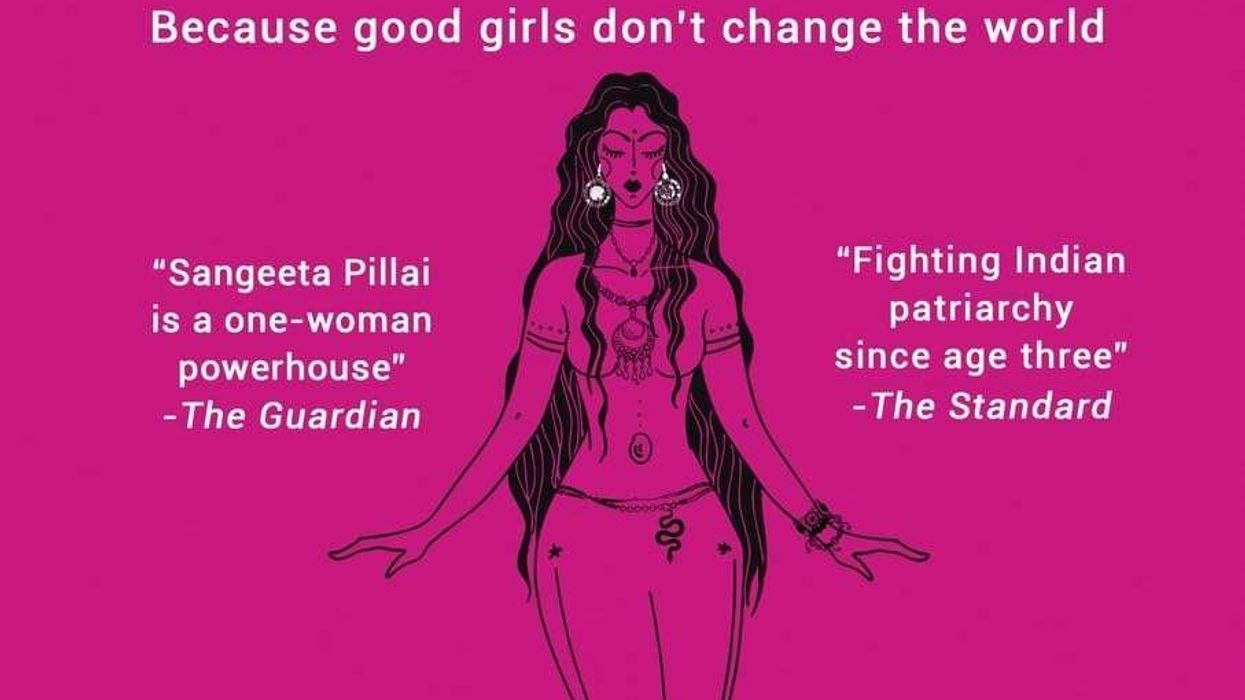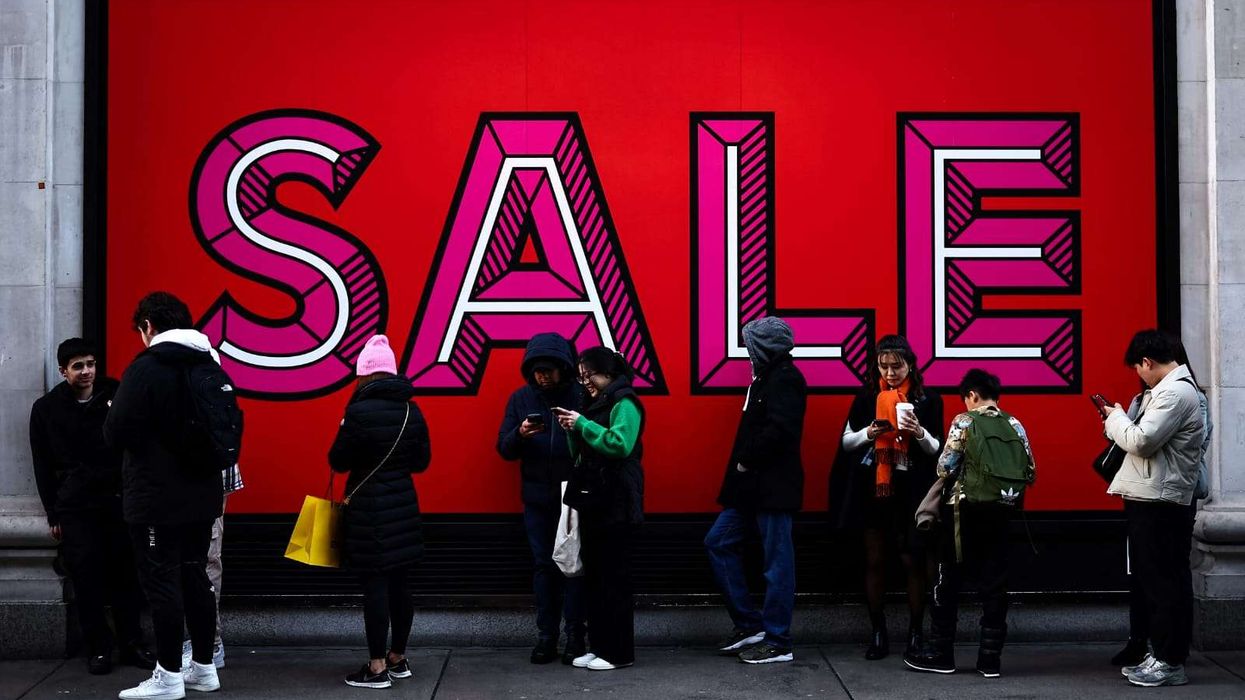WHEN a major Pakistani singer wants a musical explosion on stage, then dynamite drummer Kami Paul is called upon to deliver an incendiary performance filled with fire.
Having played live with the biggest names in Pakistani music, he did exactly that with Ali Azmat at a London show in May and delivered an unforgettable performance. The master musician has balanced big international concerts with appearances on popular music shows like Coke Studio and being part of brilliant band Noori.
Eastern Eye caught up with the Pakistani music hero to discuss his hard-hitting music journey.
What first connected you to music and drums?
At the age of seven, I discovered rhythm in everything around me. Music coursed through my veins from the earliest days of my existence thanks to my father, a talented singer in his own right. My upbringing was steeped in melodic enchantment. I still remember my father telling me, “Kami, you are destined to be a drummer.” In that instant, I knew deep within my soul that I was born to command the drums and ignite pulsating rhythms that would echo throughout the world.
What do you think has been your most memorable musical moment?
Undoubtedly, the pinnacle of my musical journey was the unforgettable moment when the conception of my brainchild, Mughal-e-Funk, took shape. It marked a ground-breaking innovation - a fusion of musical genres that captured the very spirit of the illustrious Mughal era.
Tell us more about that?
The birth of Mughal-e-Funk was a transformative revelation, and realisation that melded the opulent grandeur of the Mughal empire with the rhythms of funk music. This defining moment in my musical journey solidified my passion for innovation and affirmed my belief in the transformative power of music. Mughal-e-Funk stands as a testament to the boundless possibilities that arise when diverse influences merge and create something truly extraordinary.
What has been your most memorable performance so far?
An unforgettable performance of my career was in 2013 when I toured with Pakistani singer Shehzad Roy. Little did I know that this tour would lead me to a stage shared with some of my childhood idols: the incomparable Macy Gray, the iconic Slash, and the phenomenal Matt Sorum. It was a surreal dream transformed into reality - an extraordinary privilege that left me awe-inspired.
How much does the energy of the crowd affect your performance?
Whenever I am behind the drum kit I transcend into my own world. I feel like I become the source of energy for the crowd to feel electrified, and I lead them with my rhythm.
Do you ever get nervous before going on stage?
When I was starting out, I used to get nervous but now that nervousness has converted into excitement. I now look forward to going on stage to perform.
What are your thoughts on the London show with Ali Azmat?
Embarking on my journey with Ali Azmat and joining forces with the Rock On Team was a thrilling odyssey. Stepping foot onto the grand stage of the O2 Arena was a surreal amalgamation of nerves and excitement. The atmosphere pulsed with an undeniable energy. The camaraderie within the Rock On Team fostered an environment of professionalism and artistic excellence, creating the perfect backdrop for our collective creative expression.
Could you tell us more about your London experience on stage…
The warm hospitality extended by the Londoners added to the experience. Their appreciation for music inspired us to deliver an unforgettable performance. I felt the universal language of music and profound impact it has on people from all walks of life.
Who is your music hero?
I have been an ardent listener of Dennis Chambers, both in the past and to this day. The sheer musicality he exhibits is nothing short of extraordinary. It is as if his drums become an extension of his very being, producing melodies that resonate as if he were singing through them. The fluidity of his movements on the drum kit creates an intimate connection, as if he and the drums are in perfect harmony, operating as one unified entity.
Who would you love to collaborate with?
I am truly enthralled by the prospect of collaborating with the Pakistani rap act Young Stunners. Their unwavering passion for music, remarkable musicality, and exceptional music production resonates with me in a profound way, so to speak. I would love to play with them on stage.
What music dominates your own playlist?
These days it’s Afro-funk, Latin, modern jazz, and gospel music.
Do you think drummers get enough credit, though it’s probably the most popular instrument?
In Pakistan, the role of the drummer is widely regarded as integral and defining in a live performance. I consider myself incredibly fortunate to have had the opportunity to perform alongside esteemed bands such as Junoon, Noori, and various other renowned artists. These experiences have not only honed my skills but also garnered recognition for my prowess as a drummer.
If you could master a new instrument, which would it be?
Definitely the tabla.
You are a versatile musician, but what is your favourite genre as a drummer?
It’s got to be funk, Latin and jazz.
Why do you love music?
Music defines me.
